
Pterodroma magentae
Pterodroma magentae,Magenta Petrel,Chatham Island Taiko
Pterodroma magentae, Magenta Petrel, Chatham Island Taiko, is unknown.The re···
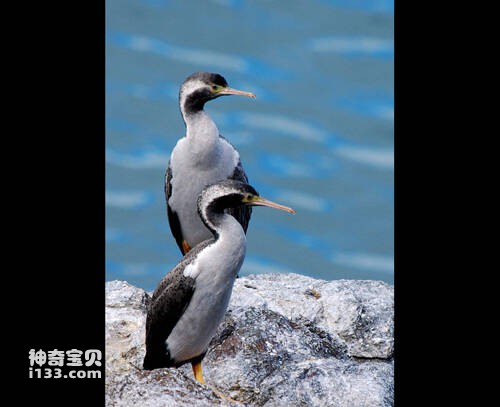
Pterodroma neglecta
Pterodroma neglecta,Kermadec Petrel
Kermadec Petrel, Pterodroma neglecta, is a small petrel.The Katsushima shear···
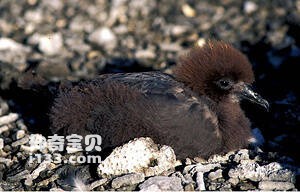
Pterodroma ultima
Pterodroma ultima,Murphy’s Petrel
Murphy's Petrel (Latin name: Pterodroma ultima, Murphy's Petrel) is ···

Aphrodroma brevirostris
Aphrodroma brevirostris,Kerguelen Petrel
The short-billed Petrel (Latin name: Aphrodroma brevirostris, Kerguelen Petr···
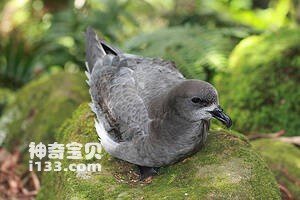
Pterodroma solandri
Pterodroma solandri,Providence Petrel
The brown-headed Petrel (Pterodroma solandri, Providence Petrel) is a Marine···
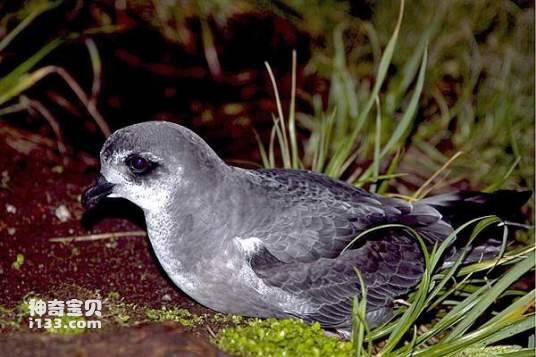
Pterodroma inexpectata
Pterodroma inexpectata,Mottled Petrel
The Petrel (Latin name: Pterodroma inexpectata, English name: Mottled Petrel···
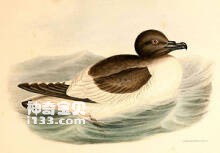
Thalassoica antarctica
Thalassoica antarctica,Antarctic Petrel
The Antarctic Petrel (Thalassoica antarctica, Antarctic Petrel) is a Marine ···
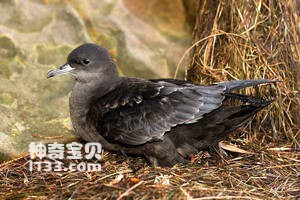
Puffinus tenuirostris
Puffinus tenuirostris,Short-tailed Shearwater
Puffinus tenuirostris is a Short-tailed Shearwater with no subspecies.The sh···
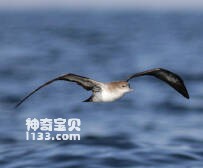
Ardenna pacifica
Ardenna pacifica,Wedge-tailed Shearwater ,Puffin du Pacifique
Ardenna pacifica: Wedge-tailed Shearwater, Puffin du Pacifique, no subspecie···
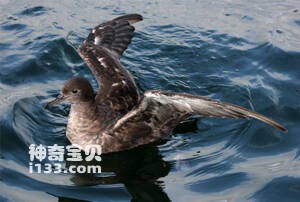
Puffinus griseus
Puffinus griseus,Sooty Shearwater
The Sooty Shearwater (Puffinus griseus) is a medium-sized seabird with no su···
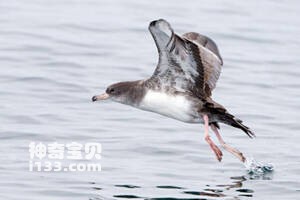
Ardenna creatopus
Ardenna creatopus,Pink-footed Shearwater
footed Shearwater (Ardenna creatopus), footed Shearwater, has no subspecies.···

Ardenna carneipes
Ardenna carneipes,Flesh-footed Shearwater,Puffin à pieds pâles,Pardela negruzca,Pardela paticlara,جلم لحمي القدمين
Petrel Ardenna carneipes) Flesh-footed Shearwater, Puffin a pieds pales, Par···
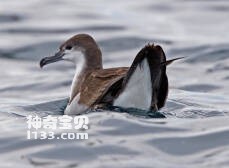
Ardenna bulleri
Ardenna bulleri,Buller's Shearwater,Pardela Dorsigrís
Sooty Shearwater (scientific name: Ardenna bulleri) foreign name Buller'···
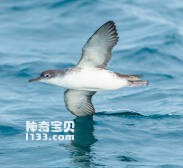
Puffinus yelkouan
Puffinus yelkouan,Yelkouan Shearwater,Pardela mediterránea
Mediterranean Shearwater (Scientific name: Puffinus yelkouan) Foreign name Y···
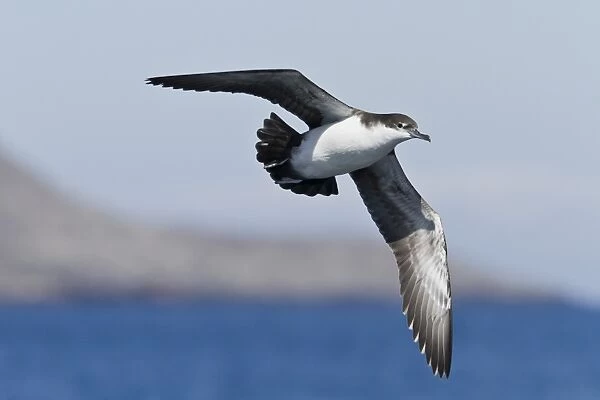
Puffinus subalaris
Puffinus subalaris,Galapagos Shearwater
The Galápagos shearwater (Puffinus subalaris) is a small shearwater. Until ···
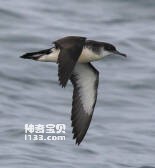
Puffinus puffinus
Puffinus puffinus,Manx Shearwater,Puffin des Anglais
The Atlantic Shearwater (Puffinus puffinus) has two subspecies: Manx Shearwa···
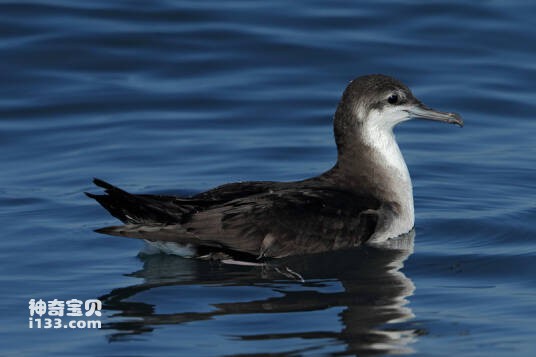
Puffinus persicus
Puffinus persicus,Persian Shearwater
Puffinus persicus and Persian Shearwater are unknown.Protect wild animals an···
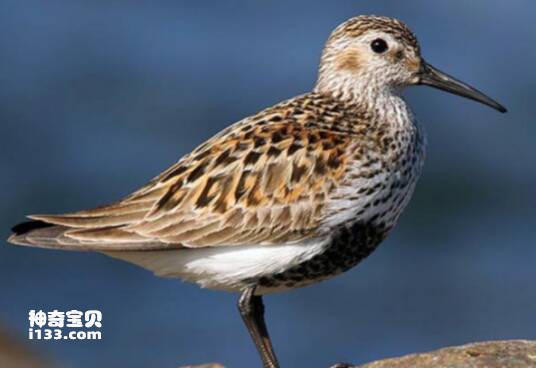
Puffinus opishomelas
Puffinus opishomelas,Black-vented Shearwater
Puffinus opishomelas, also known as Black-vented Shearwater, is unknown.Prot···
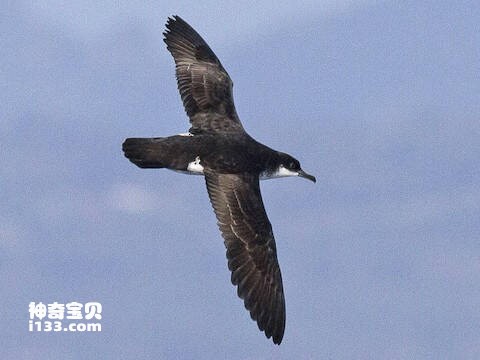
Puffinus newelli
Puffinus newelli,Newell's Shearwater
Hawaiian Shearwater (Newell' s Shearwater (Puffinus newelli) is a bird o···
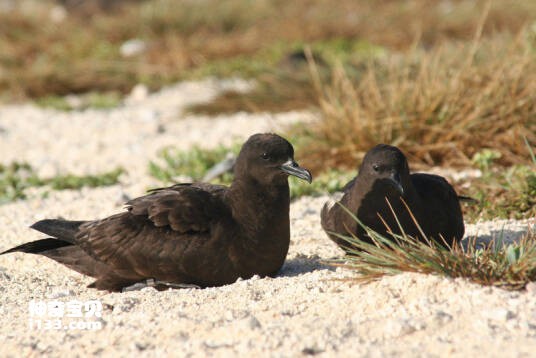
Puffinus nativitatis
Puffinus nativitatis,Black Shearwater
Puffinus nativitatis, also known as Black Shearwater, is unknown.Protect wil···
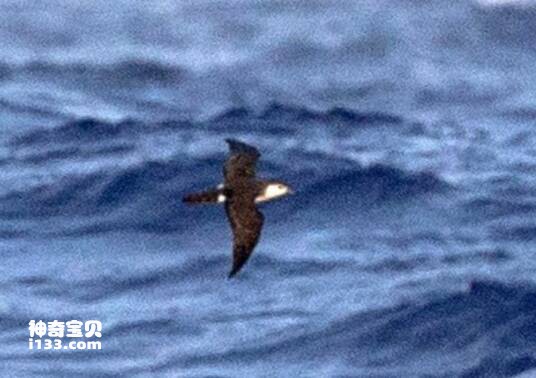
Puffinus myrtae
Puffinus myrtae,Rapa Shearwater
Rapa Shearwater (Puffinus myrtae) is a bird of the genus Puffinus in the ord···
